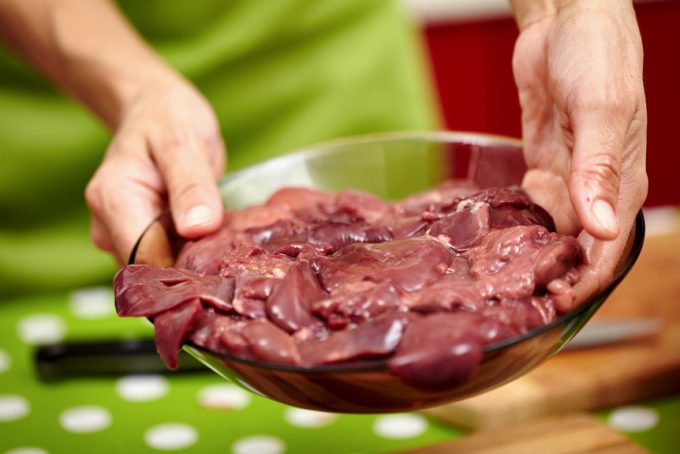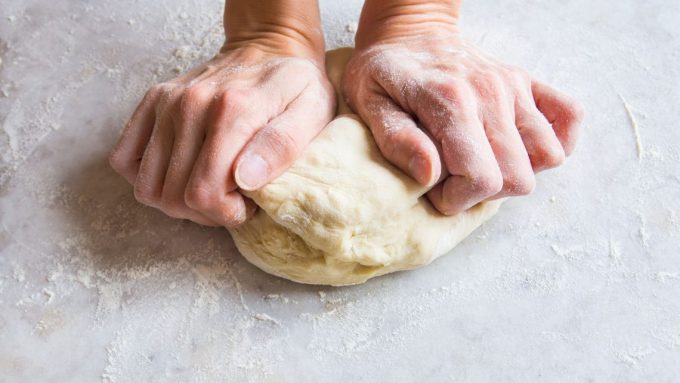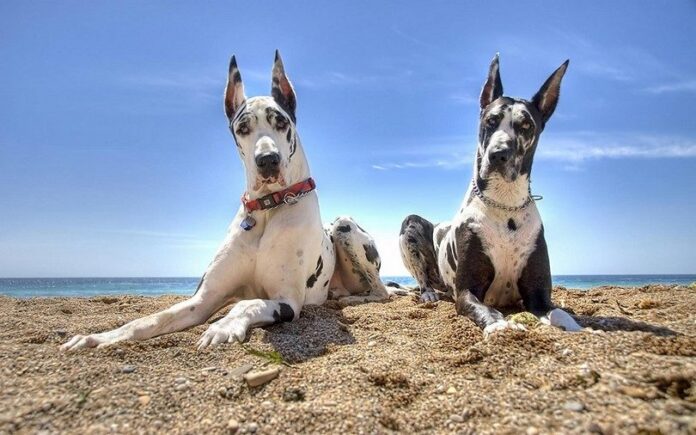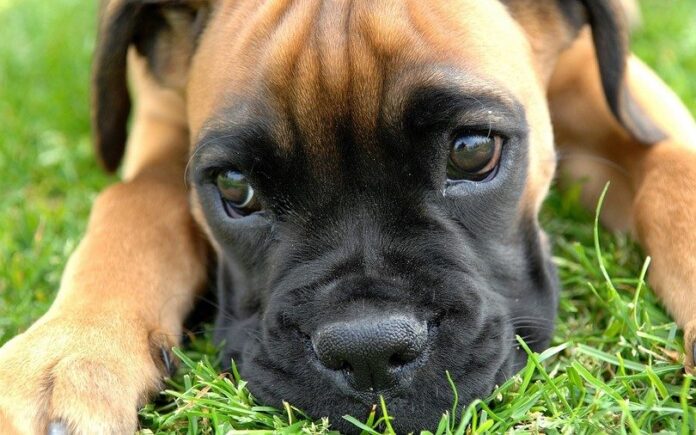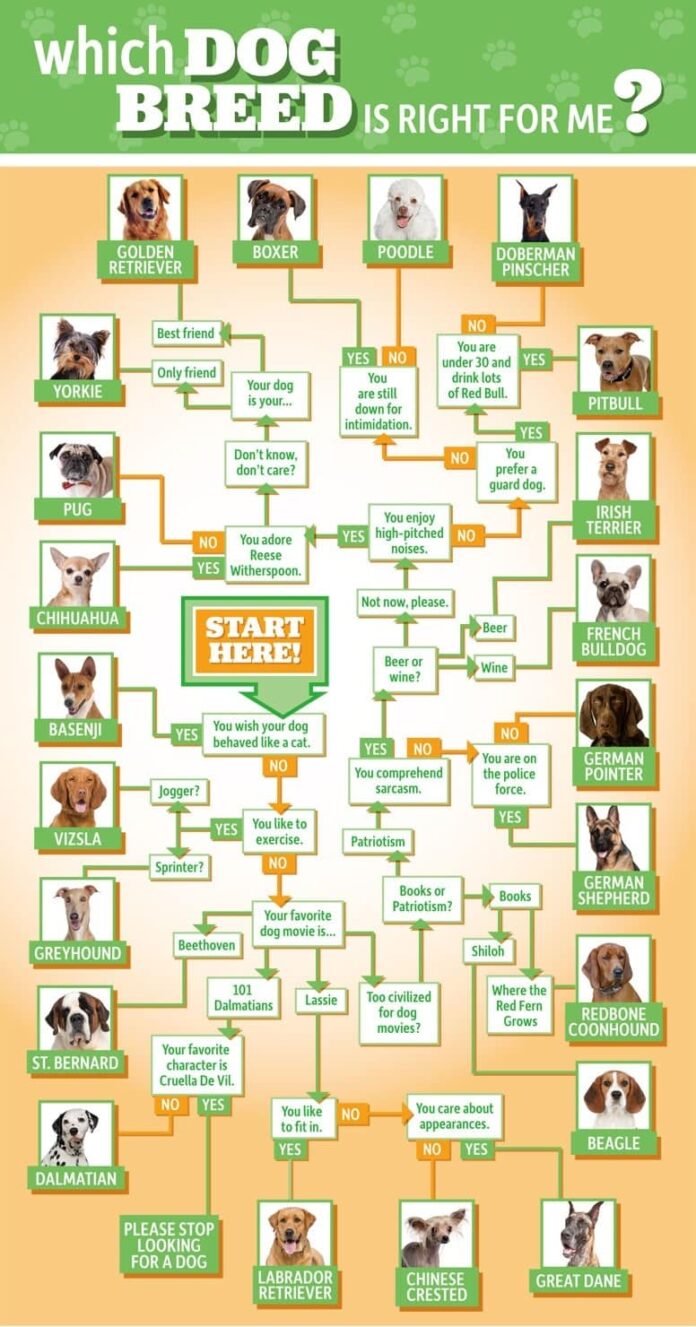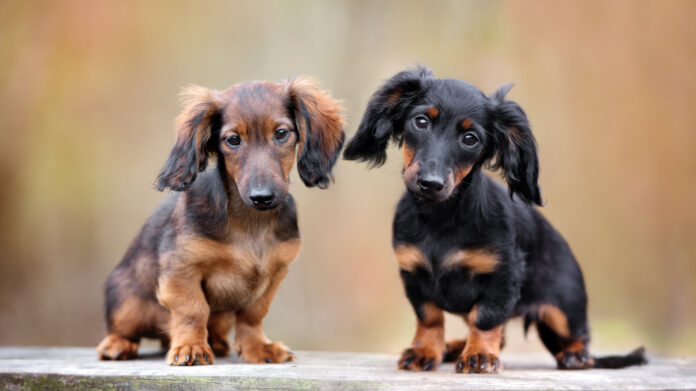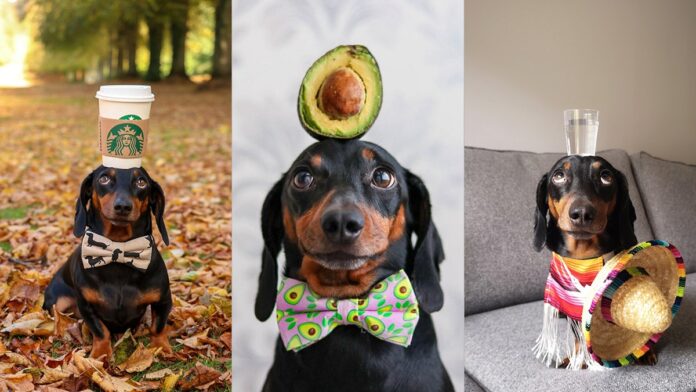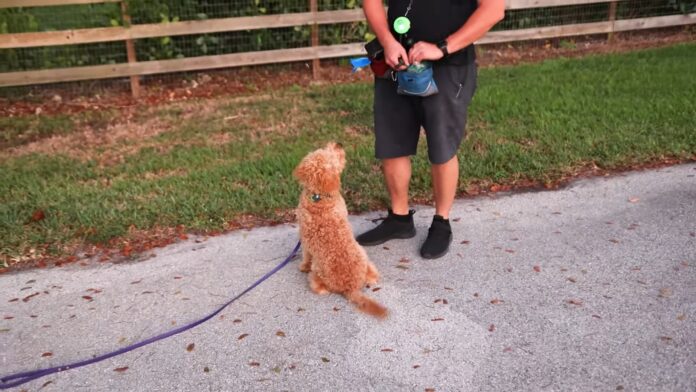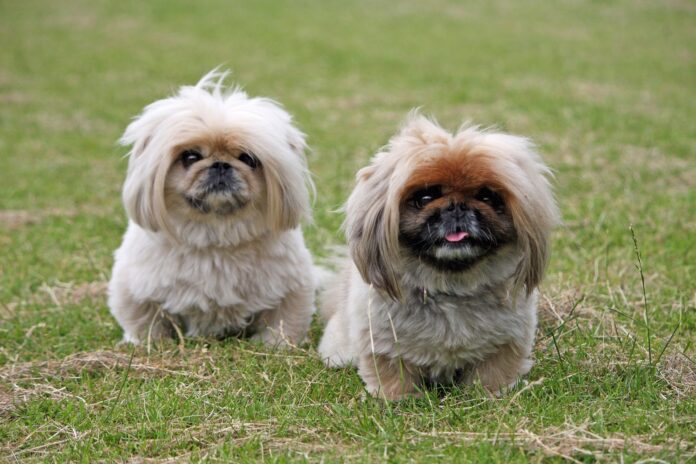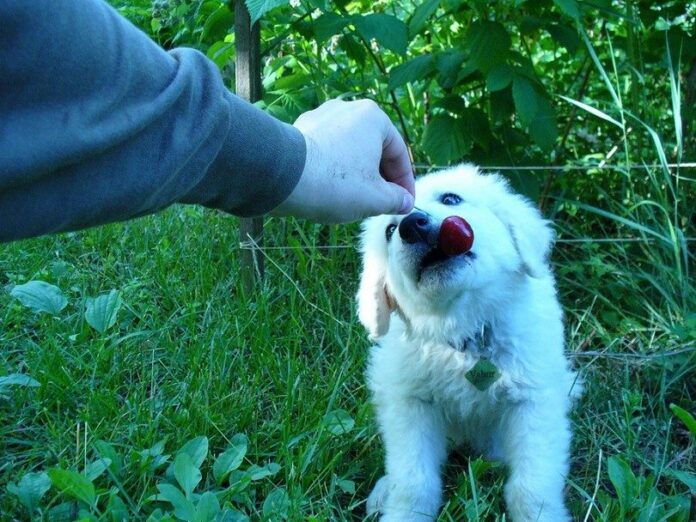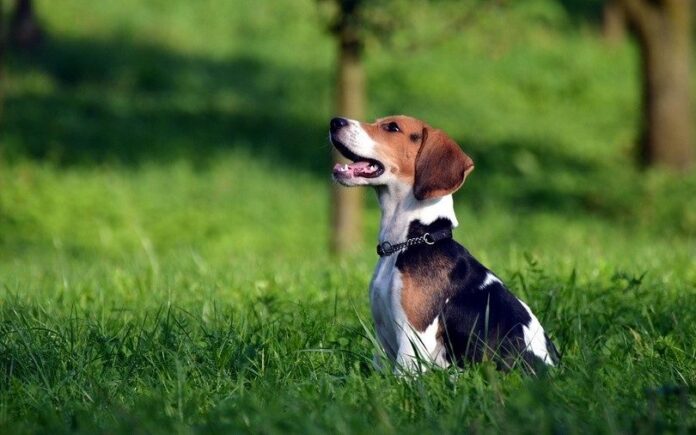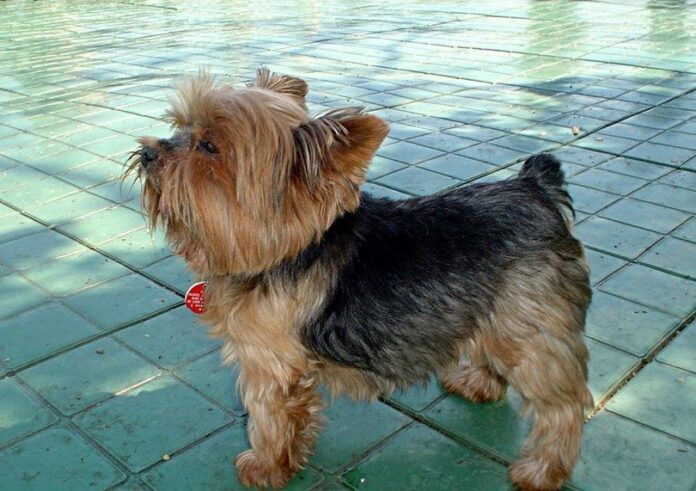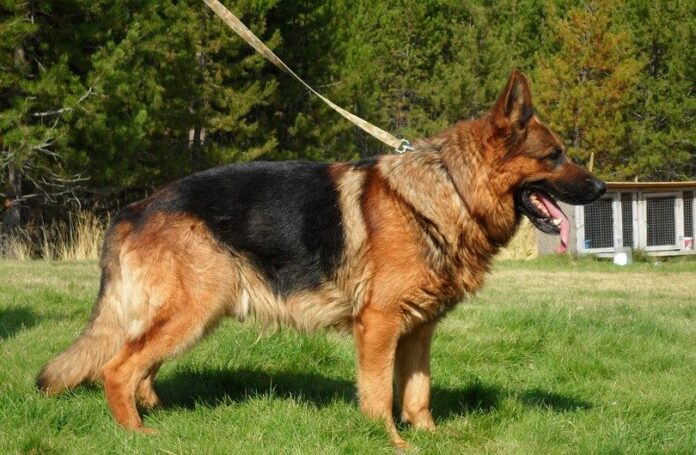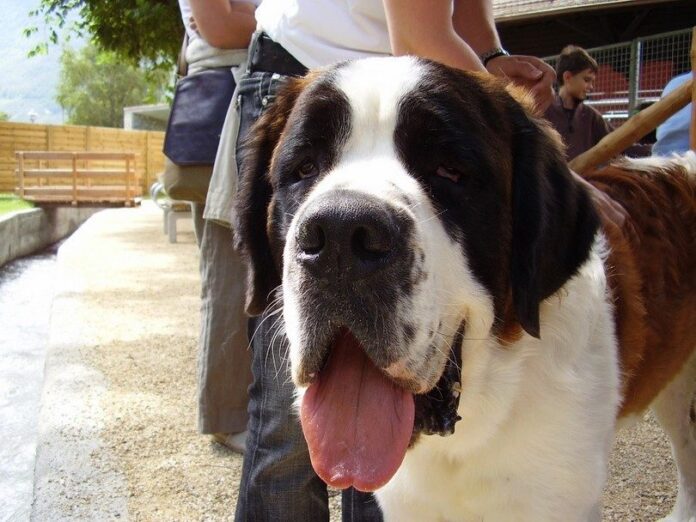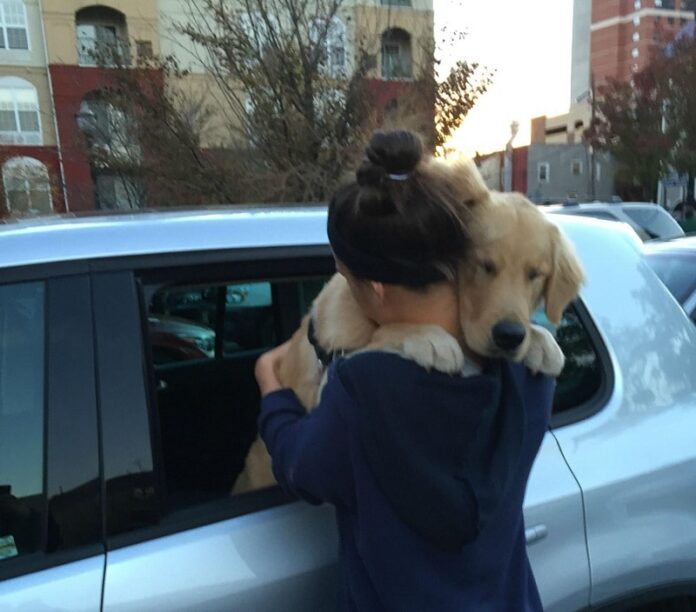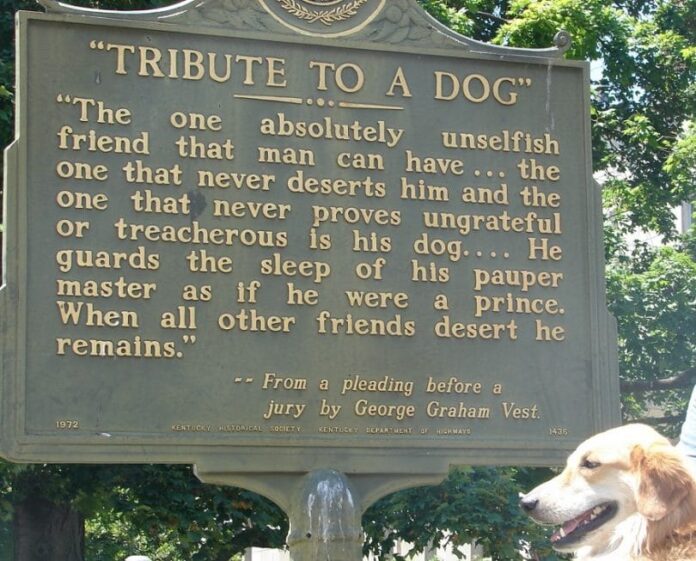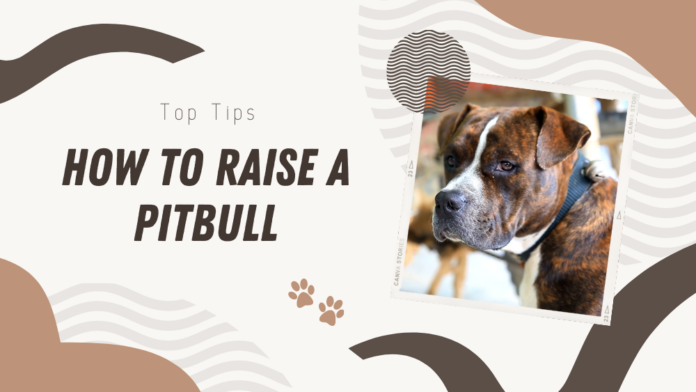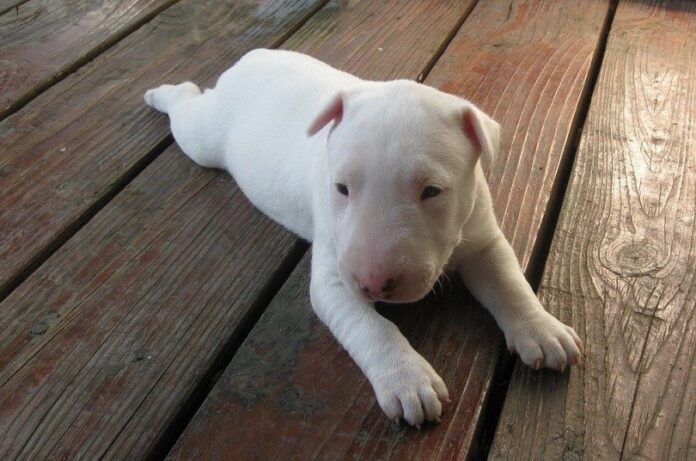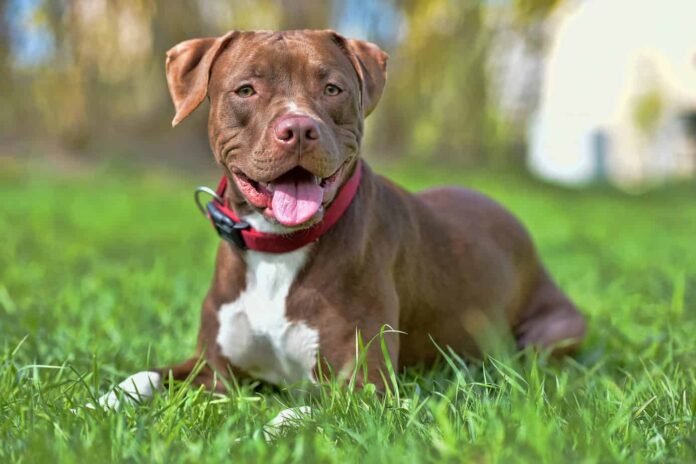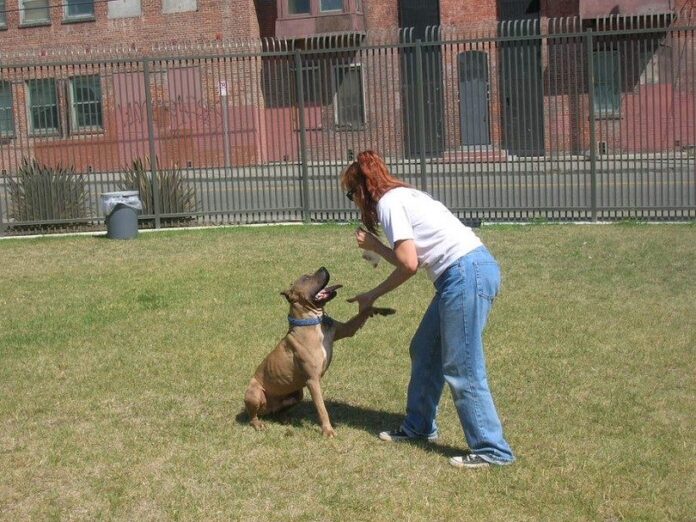Are you getting a Bichon Frise, a Pomeranian, or a Chow Chow? Is it a Samoyed, a Poodle, or a Bearded Collie? Whatever breed it is, you are now the owner of a fluffy dog, so congratulations!
You probably have a dog bed, food, and other supplies ready, but do you have a dog name yet? We know that choosing a dog name can be very confusing.
There are just so many names; how do you know which one of the fluffy dog names is the best choice for your new friend?

If you’re not sure what to call your new ball of fluff, never fear because we have some awesome suggestions for you.
These names go beyond the obvious names for fluffy dogs so that the name you choose is becoming of your dog. But before we lay out our name suggestions, we have a few other suggestions regarding the proper ways to choose a name for a dog that you probably will want to keep in mind as you browse. Read on to see.
How to Name Your Dog
Fluffy dog names don’t have to be sweet and “cloying” all the time. Names for your fluffy dogs can be inspired by his personality, color, gender, or job. But before you start naming your dog, here are a few tips you need to consider.
Avoid Command-Sounding Names

Dogs are often gifted during Christmas. During this time, lots of dogs receive the name Noel or Snow. These are good names. However, they also contain “no” and sound like “go.”
When thinking of a name for your dog, avoid words that sound like commands to avoid confusion. For example, avoid Kit (sit), Neil (heel), Clay (stay), and other similar-sounding words.
2-Syllables
Long words are very exhausting to stay. Let’s say you name your dog King Arthur of Poodleville. It’s not only a mouthful, but it can also be tiring to repeat over and over especially during training. You can give him a long, proper name, and then call him by a nickname. Or, you can give him a name that contains no more than two syllables to make things easier for the both of you.
Individual Names
For instance, your parrot is named Jay and your dog is James. These sounds are too alike and can make training harder for you. The same is true for other members of your household. If your child is named Lucy, you probably shouldn’t name your dog Macy.
Always have different-sounding names if you live in a multi-pet household. Remember, dogs do not really understand what you’re saying; instead they are listening to the sound you’re making. The name should be distinct so that your dog can easily distinguish it from all the other words you’re saying.
Offensive or Provocative Names
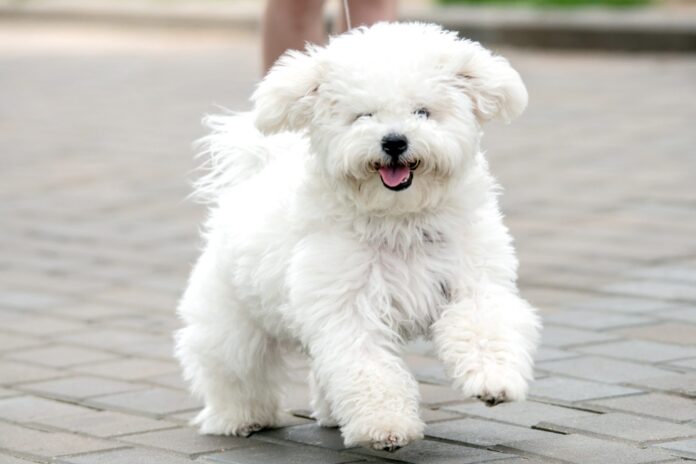
You should also avoid offensive names. Many dog breeds are intelligent so it probably won’t take a lot of training to make them learn their names. Monikers like Stupid or Devil might sound cool at first, but you will probably regret it when you take him to the vet or call out at the dog park. They can also be offensive or provocative to other people. Aside from curse words, other names to avoid include:
-
Killer
-
Ammo
-
Crusher
-
Bomber
-
Beast
-
Trigger
-
Gunner
-
Bouncer
-
Diablo (anything devil or Satan-related)
You should also think about your puppy when he becomes an adult. Giving your pup an offensive name might be cute and funny but it will become degrading when he becomes an adult. Over time you might also get embarrassed by calling him an offensive or provocative name in public.
Popular Names

There’s nothing wrong with popular names, except that they’re common. Most of these names are classic and will not go out of style anytime soon, but popular names can create confusion when you’re at a public place like the vet, a dog park, or the street.
Examples of popular names include:
-
Buddy
-
Max
-
Charlie
-
Jake
-
Rocky
-
Jack
-
Toby
-
Bailey
-
Buster
-
Bear (although it would have been perfect for a fluffy breed like a Chow Chow)
-
Bella
-
Lucy
-
Daisy
-
Molly
-
Maggie
-
Chloe
-
Sadie
-
Sophie
-
Lola
-
Roxy
Fluffy Dog Names

Below are some names that pay homage to your dog’s fluffiness.
-
Bunny – all that fluff makes them look like overgrown bunnies
-
Cotton
-
Cozy — who wouldn’t like to cozy up with a fluffy dog?
-
Curly – good idea for breeds with curly coats like the poodles
-
Feathers
-
Fleecy
-
Fluffy – obvious choice but still cute
-
Furbaby or Furball
-
Fuzz or Fuzzy Fuzzy Wuzzy
-
Hairy / Harry
-
Lush – for fluffy and lush dogs
-
Nana – the Newfoundland in Peter Pan
-
Polar or Grizzly – good and unique alternative to Bear
-
Puffy or Puffin
-
Ringlet
-
Ruffles or Ruff
-
Shaggy
-
Silky
-
Snuggles – let’s face it, fluffy dogs are snuggly
-
Teddy – they look like teddy bears
-
Velvet – that fluffy coat can be as smooth as velvet
-
Whiskers
-
Woolly
Funny Fluffy Dog Names

Playing the name game for dogs is probably one of the few times when you can goof off. This is also a good time to show your creative side.
Here are some funny names to name your fluffy friend.
-
Captain Fluff/General Fluff or any other military rank
-
Charmin – like the toilet paper
-
Chewbacca or Chewie
-
Doogie Schnauzer MD – like the TV show but punny
-
Fluffmeister
-
Fuzzbutt
-
Fuzzeria
-
Governor/Mayor Fluffington or any other political designation
-
Kuma — Japanese for bear
-
Mr/Ms Fluffer Nutter
-
Mr/Ms Softy
-
Sir Fluffs A Lot
-
Woofy
Fluffy White Dog Names
Dogs come in all sizes and colors, but when we think about fluffy dogs, the first one that jumps to mind is probably a dog with a white coat—fluffy like the clouds.
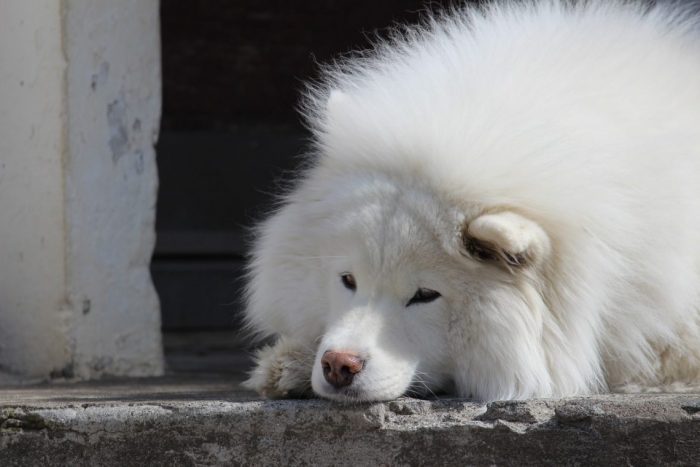
Choosing a name by color is actually a popular way of naming a dog, so here are some white fluffy dog names for you.
-
Al Bino — funny and punny white dog name
-
Alabaster – a bit fancy but a good choice for a working dog
-
Angel — a heavenly name for a fluffy pup
-
Blizzard – a great option for a big, strong working dog
-
Bones – simply perfect for dogs
-
Boo – cute and playful
-
Casper – the friendly pup
-
Coconut – because the inside of a coconut is white like your dog’s fur
-
Crystal – beautiful bright glass
-
Diamond – a girl’s best friend, like your dog
-
Dove – beautiful white-colored creatures like your dog
-
Everest – where there’s buckets of snow; also perfect for a big, strong dog
-
Faith – a very pure (and white) sounding name
-
Frosty – a good alternative to Snow or Snowball
-
Gardenia — beautiful white flower native to Africa and Asia
-
Ghost – like Jon Snow’s dog in Game of Thrones
-
Heaven – perhaps the ultimate white dog name
-
Ice – perfect for Huskies with blue eyes
-
Ivory – white material made from elephant tusks
-
January — a cold weather month that features a lot of snow
-
Jasmine – a fragrant white flower
-
Lily – white-flowered plant
-
Lux – for “luxurious”—like your dog’s coat
-
Magnolia – a large, white flowering plant
-
Marshmallow – fluffy and sweet
-
Milky – the perfect way to describe your dog’s coat
-
Nimbus – because some dogs just glow
-
Oleander – shrub that’s white in color
-
Opal – a white and milky-looking gemstone
-
Pearl – sweet name that sums up your dog’s fur
-
Powder – cute name for a cute dog
-
Salt – short and to the point; of course, it doesn’t imply that your dog is salty
-
Sugar – a sweet name for a sweet dog
-
Vanilla – another sweet name
-
Whitey – obvious but succinct
You can also translate “white” to other languages, for example:
-
Bianco or Bianca (Italian)
-
Blanc (French) – for your poodle or Bichon Frise
-
Blanco or Blanca (Spanish)
-
Shiro (Japanese) – for a white Shiba Inu perhaps?
-
Weiß (German) – pronounced like “vice”
Fluffy Black Dog Names
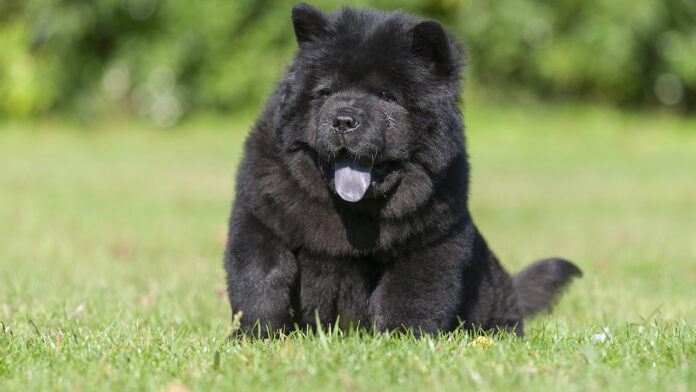
Dog coats can be black too.
If you have a fluffy dog with a gorgeous black coat, these black fluffy dog names will go great with them:
-
Ash – great name for a Bearded Collie
-
Bean – think black beans
-
Blackberry – when Blackie just won’t do
-
Carbon – sounds strong and sophisticated
-
Cinder – a good alternative to coal
-
Coal — simple and to the point
-
Coco — delicious and to the point
-
Coffee – for the coffee and dog lover
-
Cola – for the soda and dog lover
-
Cosmo – the stars are bright but the rest of space is black
-
Diesel – sometimes it’s a black column of smoke but it can also be a tough name for a tough dog
-
Dusty – some dust can be black too
-
Ebony – a sophisticated name
-
Eclipse – when the Earth goes dark
-
Elvira- very Goth-sounding
-
Ember – good alternative to Amber especially if your dog is black-colored
-
Espresso – dog owners who love their coffee strong and rich
-
Galaxy – galaxies shine in the darkness
-
Goth – scary name for a big black dog
-
Graphite – sounds strong and enduring
-
Hershey – sweet name for a sweet dog
-
Inky – a more sophisticated form of Blackie
-
Jackal – because Jack is too common
-
Jaguar – strong, black-colored animal
-
Knight — a play on “night”
-
Leopard – a variant to Jaguar
-
Licorice – great alternative to Hershey
-
Midnight – if he has very black fur
-
Moon – a sliver of brightness in the dark
-
Ninja – in the olden days, ninja wore black costumes so they would blend better with the darkness
-
Onyx – like the gemstone
-
Oreo – great alternative to Hershey and Coco
-
Panda – cute and lovable
-
Panther – another strong and black animal
-
Penguin – cute name for a dog
-
Pepper – spicy and strong
-
Pepsi – if you prefer this soda brand
-
Phantom – you will fall in love with him
-
Puma – for fast dogs
-
Raisin – small but healthy snack
-
Raven – dogs can’t fly but their names can
-
Shadow – if you’re looking for something mysterious
-
Shady – for the mischievous pup
-
Smoky – good name for a firehouse dog
-
Spider – scary name to call in a dog park or vet
-
Stallion – confusing but sounds strong
-
Stormy – imagine a black dog with blue or grey-colored eyes
-
Suede – for dogs with smooth fur
-
Tarmac – simple but strong-sounding
-
Thunder – strong-sounding name for a big dog
-
Twilight – a gentler alternative to Thunder
-
Vader – as in Darth Vader
-
Velvet – if it’s smoother than suede
-
Vortex – sophisticated name for a strong dog
-
Zorro – heroic character
You can also translate the word “black” to other languages. Example:
-
Kuro (Japanese)
-
Nero (Italian)
-
Noir (French)
-
Preto (Portuguese)
-
Schwarz (German)
-
Zwart (Dutch) – funny-sounding name for a cute dog
Wrap Up
Dog names are important. Think about it. As humans, we develop a personal attachment to our names. When we hear our name, we instantly think “that’s me.”
While dogs don’t really understand the concept of “owning” their names, they can distinguish their names through the sound you make. Over time, he or she will learn to associate the sound with treats or the good stuff and respond appropriately. This makes dog training easier for you as an owner.
In the end, you just have to find a name that you’re happy with. These names are great for fluffy dog breeds like the Pomeranian, Samoyed, Chow Chow, Bichon Frise and the Poodle. However, the alternatives above can also be given to any other dog breeds—even the non-fluffy kind.
What is your fluffy dog’s name? What do you think of our selection? Do you think you will be naming your fluffy dog after any of our suggestions? Tell us by leaving your comments below.




